The Tale Of Genji On Display
During the latter half of November each year, The Tokugawa Art Museum selects scenes from its most important treasure, illustrated scrolls from The Tale Of Genji, for display to the public.
These scrolls are not only the oldest surviving text version – they are also the oldest surviving illustrated edition of the tale. Because they are so fragile, only a few scenes are displayed each year - making this exhibition a rare chance to catch a glimpse of one of Japan's most historical treasures.
"The Tale of Genji" (Genji Monogatari) is a masterpiece of classical Japanese literature, often considered the world's first novel. Written by the noblewoman Murasaki Shikibu in the early 11th century, during the Heian period, it provides an intimate look into the refined and complex lives of the Japanese aristocracy of the time.
The Heian period was marked by elaborate court rituals, aesthetics, and a sensitivity to art and emotion, and is vividly brought to life through Genji's story. Known as the Shining Prince, Hikaru Genji—the protagonist—is a man of beauty, talent, and deep passions. Through his life's many twists and turns, the novel captures the poignant themes of love, ambition, loss, and the impermanence of happiness.
The narrative follows Genji's youth, his numerous romantic pursuits, his rise in political influence, and ultimately, his decline as he comes to grips with the fleeting nature of human emotions and desires.
The story does not end with Genji's death but instead continues with the lives of his descendants, particularly his purported son, Kaoru. The novel paints a vivid picture of the Heian court, focusing on its elegance, the delicate balance of relationships, and a profound sense of "mono no aware" – the awareness of the transient beauty of life.
The Tale of Genji remains culturally relevant, even in contemporary Japan, and has left an indelible mark on Japanese art and literature. The illustrated scrolls depicting its scenes are among Japan's most significant cultural treasures, featuring both text and illustrations. They represent some of the earliest examples of Japanese narrative art, known as yamato-e.
This month, three parts of the scrolls are on display—"The Gatehouse" (Sekiya), "A Picture Contest" (Eawase), and "Bamboo River (Part 2)" (Takekawa)—each depicting pivotal moments from the novel.
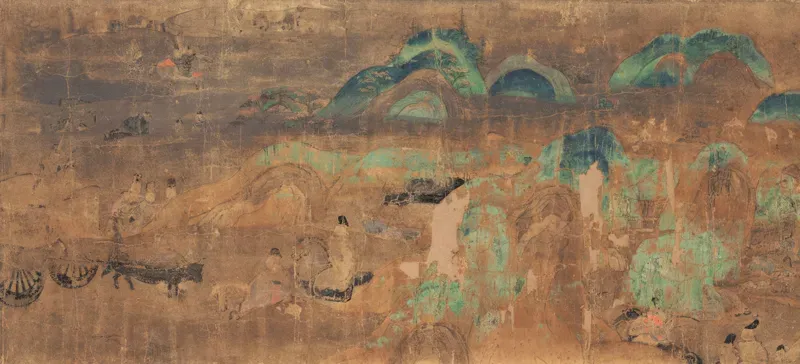
The Gatehouse
"The Gatehouse" captures an emotionally charged reunion between Genji and his former lover, Lady Utsusemi, as they meet unexpectedly, highlighting the subtle tension and unspoken emotions that characterize many of Genji's relationships.
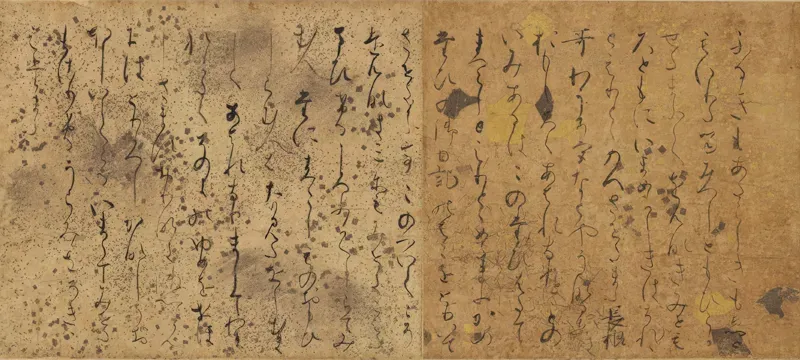
A Picture Contest
In "A Picture Contest," we see an aristocratic competition that reveals the court's obsession with beauty and artistic skill, reflecting the Heian elite's refined tastes and the social intricacies of courtly life.
Sadly, the illustrations for this chapter no longer exist, and only the accompanying text remains. Thus, the Tokugawa Art Museum will exhibit the combined text of "The Gatehouse" and "A Picture Contest" as one scroll.
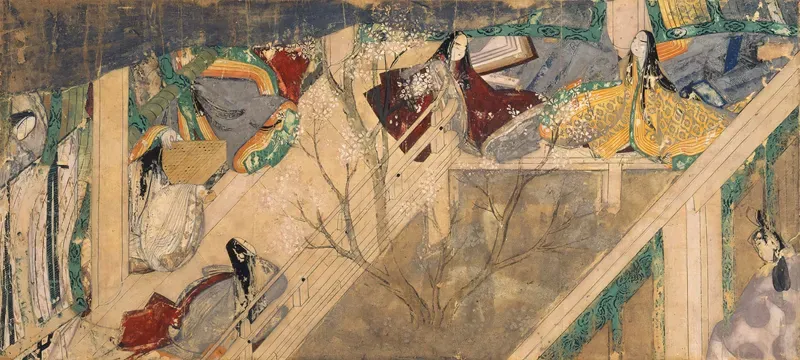
Bamboo River (Part 2)
"Bamboo River (Part 2)" portrays a contemplative scene that emphasizes the theme of impermanence and the natural beauty so profoundly valued by the characters in the story.
Preservation at The Tokugawa Art Museum
The preservation of these scrolls is a testament to their importance in Japanese cultural history. Initially created in the 12th century, they have been carefully restored and passed down over the centuries, surviving the ravages of time and political upheavals and changes in Japanese society.
Originally preserved as scrolls, they were converted to framed panels in 1932 for preservation purposes. In recent years, to reduce stress on the original paper caused by the frame mounting, they have been returned to their scroll format, with each scene's illustrations and text combined into single scrolls, allowing viewers to appreciate them in their original scroll form.
Today, they are housed in the Tokugawa Art Museum, where they continue to captivate audiences with their delicate artistry and intricate depictions of Genji's world. These scrolls do not merely illustrate scenes from the novel; they offer a window into the Heian period's aesthetic sensibilities and emotional depth, allowing viewers to experience the story's elegance in a visual form that complements Murasaki Shikibu's prose.
For more information about The Tale of Genji and the story it tells watch this informative clip from NPR

Not a Subscriber?
Let's fix that!
The Details
Special Exhibition
Scenes From The Tale of Genji
Venue
The Tokugawa Art Museum
Masterpieces Collection Room 5
Dates: Nov. 16 to 24
(Closed On Mondays)
Times: 10:00 ~ 17:00
Last Entry: 16:30
Entry Fees
Adults: ¥1,400
High School / University Students: ¥800
Elementary / Junior High School Students: ¥500
Access
Public Transport
8-min walk from JR Chuo Line Ozone Station (South Exit)
10-min walk from Meitetsu Seto Line Ozone Station (Exit 3)
8-min walk from Meitetsu Seto Line Morishita Station (southeast)
By Bus From Nagoya Station
Take the Me~guru Nagoya Sightseeing Route Bus to the Tokugawaen / The Tokugawa Art Museum /Hosa Library stop (approx. 37-min ride).
MAP

Nagoya Buzz
Events, local info, and humor for the international community of Nagoya, Japan.
Follow Nagoya Buzz :
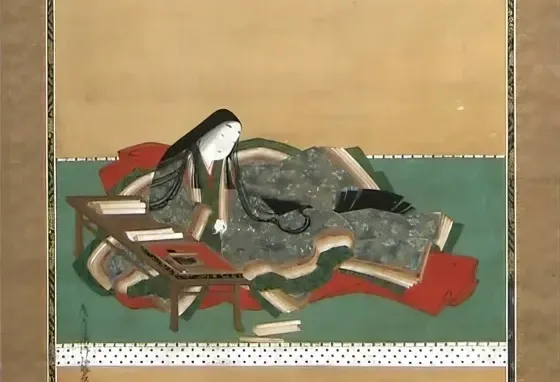





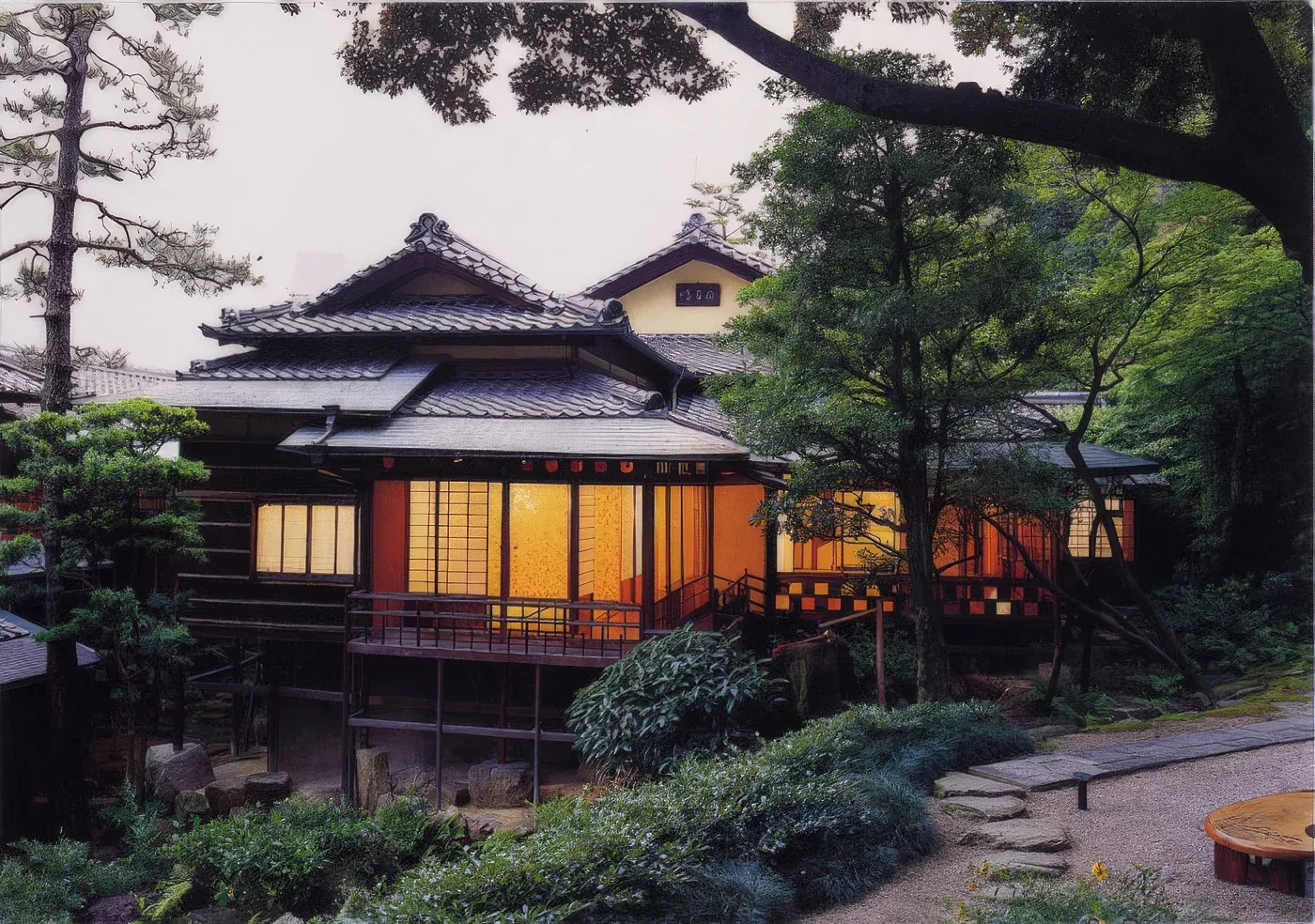
Leave a Comment